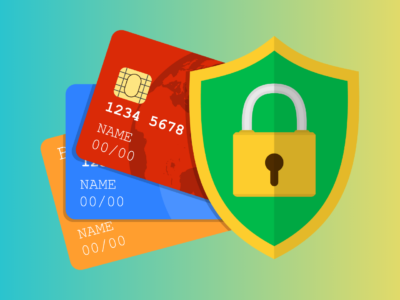In today’s digital age, where information is at our fingertips, managing and organizing digital files efficiently has become a crucial skill. Whether you’re a student, professional, or someone managing personal files, a well-organized digital environment can significantly enhance productivity and reduce stress. This comprehensive guide will walk you through the best practices for managing and organizing your digital files effectively.
Understanding the Importance of Digital File Management
1. The Challenges of Digital Clutter
– Information Overload:
Discussing the overwhelming amount of digital information we encounter daily.
– Productivity Impact:
Exploring how disorganization can hinder productivity and focus.
Key Components of Efficient Digital File Management
2. Folder Structure and Hierarchy
– Organizing by Projects or Categories:
Creating a logical structure based on the nature of your files.
– Importance of Subfolders:
Utilizing subfolders to further categorize and streamline organization.
3. File Naming Conventions
– Consistent Naming Patterns:
Establishing and maintaining a consistent approach to file naming.
– Incorporating Dates:
Exploring the benefits of including dates in file names for chronological organization.
4. Metadata and Tags
– Understanding Metadata:
Leveraging metadata to provide additional information about files.
– Tagging for Quick Retrieval:
Implementing tags to enhance searchability and categorization.
Tools and Software for Efficient Digital File Management
5. Cloud Storage Solutions
– Benefits of Cloud Storage:
Discussing the advantages of storing files in the cloud.
– Popular Cloud Storage Platforms:
Exploring options like Google Drive, Dropbox, and OneDrive.
6. Document Management Software
– Features of Document Management Tools:
Highlighting tools with advanced features for document organization.
– Collaboration Capabilities:
Considering tools that facilitate seamless collaboration on documents.
Best Practices for Digital File Security
7. Regular Backups
– Automated Backup Systems:
Implementing automated backup solutions to prevent data loss.
– Backup Frequency:
Determining how often backups should be performed based on usage.
8. File Encryption
– Importance of Encryption:
Understanding the role of encryption in safeguarding sensitive information.
– Choosing Encrypted Storage Solutions:
Opting for storage platforms that prioritize user privacy.
Tips for Maintaining Digital Organization
9. Regular Decluttering Sessions
– Scheduling Cleanup:
Setting aside time for periodic reviews and organization.
– Deleting Unnecessary Files:
Identifying and removing files that are no longer needed.
10. Desktop and Downloads Folder Management
– Organizing Desktop Icons:
Strategies for a clutter-free desktop.
– Clearing Downloads Regularly:
Preventing the Downloads folder from becoming a digital dumping ground.
Conclusion: A Digital Space That Works for You
In conclusion, effective digital file management is more than just creating folders and naming files; it’s about creating a digital space that works for you. By implementing the strategies outlined in this guide, you can streamline your digital environment, enhance productivity, and reduce the stress associated with digital clutter.
Remember, the key is consistency. Regularly revisit and refine your organizational structure, embrace new tools and technologies, and stay proactive in managing your digital files. A well-organized digital space is not just a reflection of a tidy computer; it’s a testament to an organized mind and a more efficient workflow. Start implementing these practices today and experience the transformative impact of organized digital living.












Comments